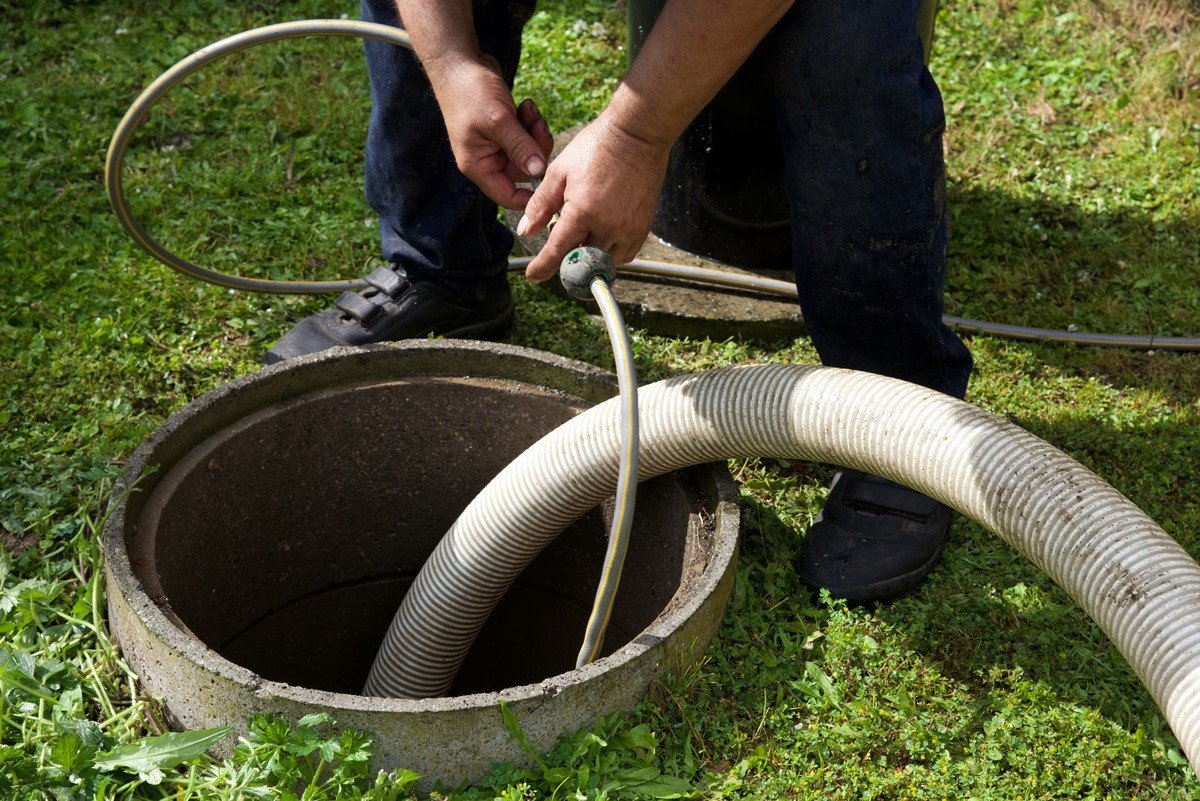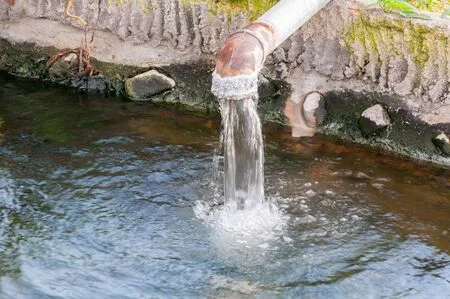Table of Contents

The softeners pass from all over the resin bed to remove hard minerals making it an effective process by backwashing the whole unit. Some factors like hardness of water, size of a water softener, and water usage at home will decide the volume and frequency of the backwash.
Water softeners regenerate on the basis of water flow measurement and time intervals. And if a water softener is regulated by flow, it produces less brine backwash. The backwash must be appropriately discharged because it will affect the efficacy of the softener.
Here I will tell you about the options to know where to discharge water softener backwash and a water softener discharge on the lawn and plants.
What is water softener backwash
The main components of a water softener backwash are sodium, potassium, and calcium. Some other chemicals like boron, silicate, phosphate, and carbonate are also present in the backwash.
Once the water softener has worked up to its maximum ability, the resin tank will throw all the water out of it for regeneration. The water softener will get ready again to make the water softer through this process.
How often to discharge water softener backwash
Water backwash is essential for the regeneration process, so it must be done after every two to three days. Some new models of the water softeners backwash every day or even many times a day, and its frequency totally depends on water usage, hardness of water, and iron present in the water.
But resin tank capacity is also the major factor as if the resin tank is small, it will need more frequent backwashes, but if the tank is bigger, it may pass a long time. And usually, 10 minutes are enough for the whole backwash process, but it can be adjusted according to your ease.
Where to discharge water softener backwash safely
Water softener backwash contains numerous health-hazardous minerals that must be drained into a suitable place to start the process of water softening again. Below, I have a few options to answer questions like where to discharge water softener backwash, what are suitable options for backwash, and others.
Drain it outside
Many people prefer draining the backwash outside in the ground, but as it contains a high level of salt so it can be really harmful to the local wastewater treatment and the whole ecosystem.
There are a lot of local regulations that restrict draining the salty water into the groundwater. For that reason, it is important to drain properly to avoid contamination, and here are some other options for discharging backwash outside.
Dry well
Prolonged dissipation is a popular option for draining the backwash. You can drain the salty water into the dry well as it will soak the salt over a period of time and slowly increase the sodium concentration of the soil. It reduces the sudden change in sodium levels, which can be really dangerous for the ecosystem.
Septic tank
Septic tank is also a popular method as you have to disperse the salt over a large area. It is a common practice that has been used widely all over the world. One more option is to convert an old septic tank, disconnect it from the outlet pipe, make small holes at the bottom, and fill the tank with some pea stones by attaching the drain to a water softener.
You can easily reduce the amount of brine discharge by using the demand-initiated water softener. Its regeneration cycle is regulated by water flow instead of a timer, making it unique.
French drain
You can say that a French drain is another form of a dry well, but the only difference is that it does not have a deeper vertical hole, but it disperses the backwash over a large horizontal area.
A pipe is placed near the ditch, which has holes inside and is covered with pebbles, ensuring there is enough space for water drainage out of the pipe to the soil.
In the basement
If your water softener filter is installed in the basement, then these options will suit you
Floor drain
You can use a floor drain because water under the basement has enough pressure to send water up into the drainage pipeline. And if it does not have enough pressure, then you can use any of these two pumps.
Sump pump
A sump pump is very helpful as it can drain the water from a certain height. It is installed in a sump basin. You can run your water softener out of a drain into a sump pump, it will trigger the pump to backwash the water to a certain height, and then it can be drained into a preferable type of drainage system. One more option is to combine a dry well and a sump pump. These both will show great results and are proven to be very helpful.
Sewage ejector pump
A sewage ejector pump is another option because it works similarly to a sump pump. It can send the backwash to a certain height. One top benefit is that it will eject the backwash straight into the sewerage system. It uses a vent that prevents backwash from draining back into the basement. The best thing is that it will also remove all the gases present inside the pump.
Drain it into the local sewage system

But some regional areas and municipalities have their own rules and regulations which can be a hurdle in draining backwash into the sewage system.
Water softener discharge on the lawn
One easiest way to drain the saltwater backwash is on the lawn, as backwash has a lot of hazardous chemicals that are very harmful to the environment, especially the plants. All these harmful minerals slowly get absorbed in the soil and will damage the plant’s growth and kill them.
So, draining the backwash into the soil or on the lawn is not a good option as it increases the concentration of salt in the soil. It will be a threat to the whole food chain and ecosystem.
Water softener discharge near other water sources
Discharging the backwash in water sources should also be avoided because it has a lot of salt, specifically sodium, so for that reason, you need specialized equipment to separate it from the water.
Other than this, high levels of sodium will have a negative impact on your health, but still, some people drain this backwash into the lakes and ponds, which is a threat to aquatic life.
Final words


